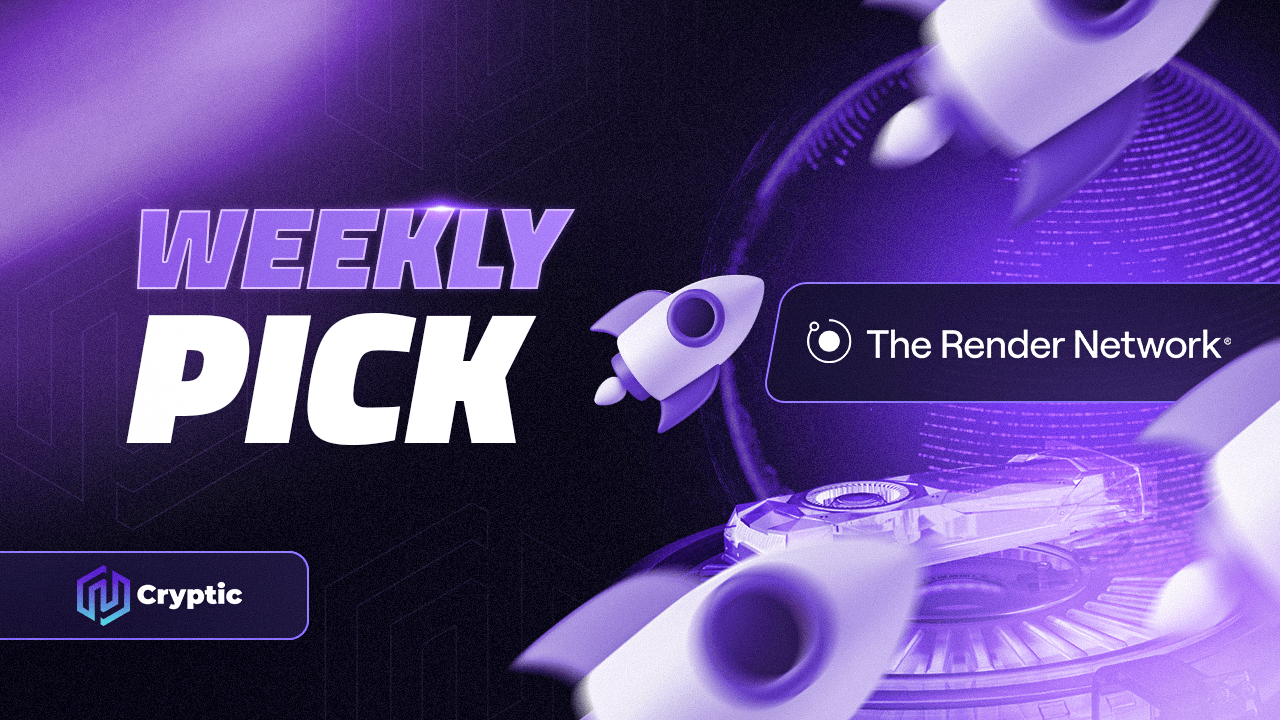Introduction
In the realm of digital content creation, rendering – the process of generating realistic images or videos from 3D models – is a computationally intensive task. RNDR aims to revolutionize this process by leveraging blockchain technology to create a decentralized rendering network. This article explores the intricacies of RNDR, its technology, use cases, benefits, and challenges.
What is RNDR?
RNDR is a blockchain platform that connects individuals and businesses with idle GPU computing power to those who need it for rendering. This peer-to-peer network allows users to rent out their unused GPU resources to content creators, animators, and studios, thereby democratizing access to high-quality rendering capabilities.
The Technology Behind RNDR
- Blockchain: RNDR is built on the Ethereum blockchain, which ensures secure and transparent transactions between providers and users of rendering services.
- OctaneRender: RNDR utilizes OctaneRender, a leading unbiased, physically-based rendering engine known for its speed and accuracy.
- RNDR Tokens: The RNDR token is the platform’s native cryptocurrency, used for payments, incentivizing node operators, and governing the network.
Use Cases of RNDR
- Animation and VFX Studios: RNDR provides a cost-effective solution for studios to scale their rendering capabilities on demand, eliminating the need for expensive hardware investments.
- Architects and Designers: Architects and designers can utilize RNDR to create high-quality visualizations of their projects, accelerating the design process and improving client communication.
- Game Developers: Game developers can leverage RNDR to render complex scenes and characters, enhancing the visual fidelity of their games.
- Individual Artists: Artists and creators can access professional-grade rendering tools through RNDR, democratizing the creation of stunning visuals.
Benefits of RNDR
- Cost Efficiency: RNDR offers a more affordable alternative to traditional rendering solutions, making high-quality rendering accessible to a wider audience.
- Scalability: The decentralized nature of RNDR allows for easy scalability, accommodating projects of varying sizes and complexities.
- Speed: By distributing rendering tasks across a network of GPUs, RNDR significantly reduces rendering times compared to single-machine setups.
- Community: RNDR fosters a community of creators, developers, and node operators, fostering collaboration and innovation.
Challenges and Future Outlook
- Adoption: The widespread adoption of RNDR relies on attracting a large user base and building trust within the creative industries.
- Competition: RNDR faces competition from other cloud-based rendering services and emerging decentralized rendering platforms.
- Technological Advancements: The continuous evolution of GPU technology and rendering algorithms may require ongoing updates and adaptations to the RNDR platform.
Despite these challenges, RNDR holds immense potential to transform the rendering landscape. As blockchain technology matures and adoption grows, RNDR could become a cornerstone of the digital content creation industry.
Conclusion
RNDR represents a paradigm shift in the way rendering is approached. By harnessing the power of blockchain and decentralized computing, RNDR democratizes access to high-quality rendering, empowering creators across various fields. As technology advances and the RNDR ecosystem expands, the platform is poised to play a pivotal role in shaping the future of digital content creation.



